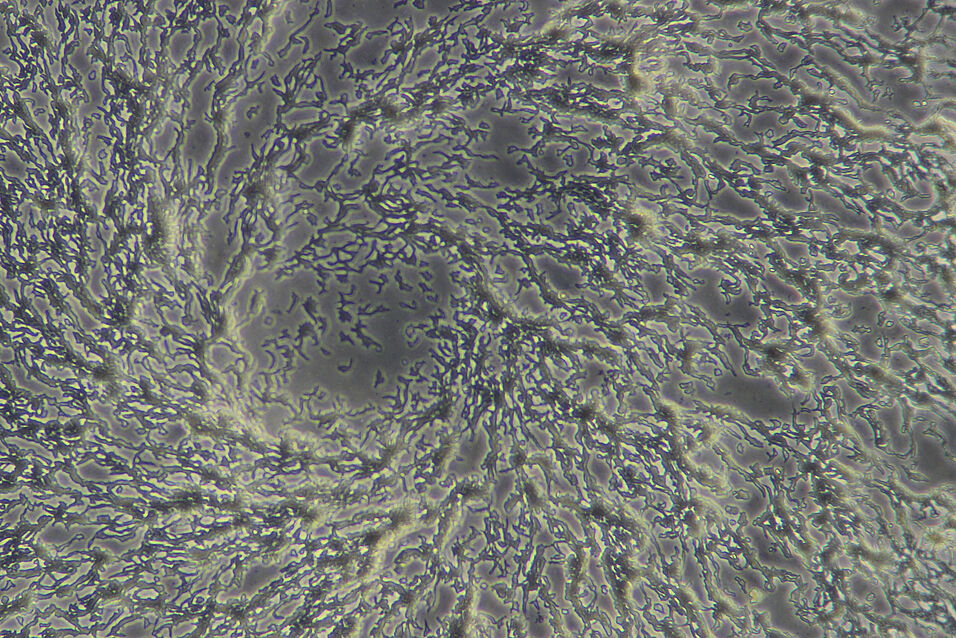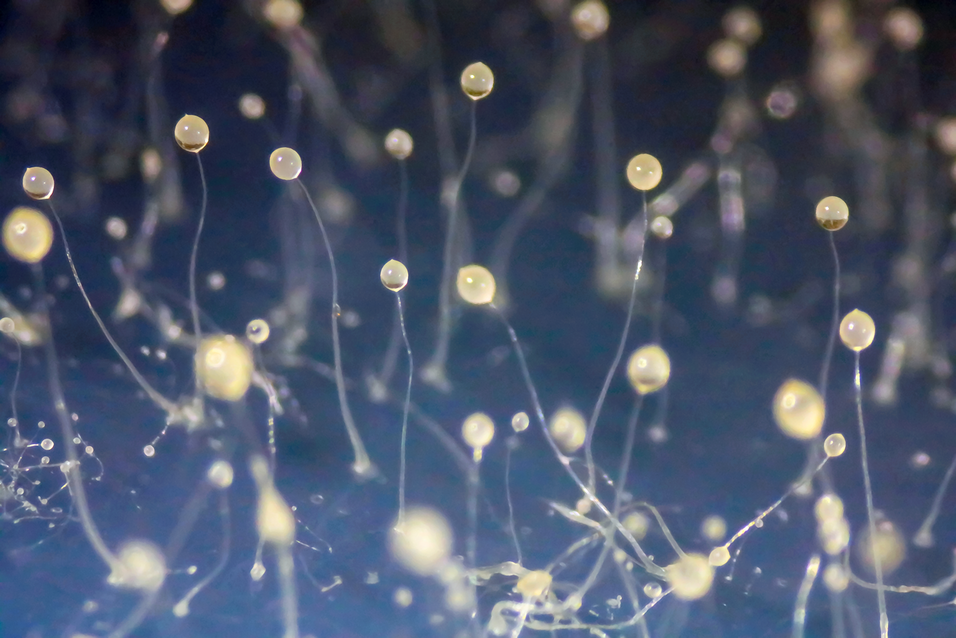A team around Lukas Helmlinger and Matthias Horn from CeMESS studied the imprint of the amoebae’s social life cycle on the chlamydial symbiont in detail. Known chlamydiae are characterized by a developmental cycle alternating between an intracellular replicative form and an infectious extracellular form that survives outside and can infect new host cells. The loss of the extracellular form marks a major evolutionary transition and suggests an exceptionally intimate host-symbiont relationship between the symbiont and its unicellular host, whose social life cycle includes aggregation of thousands of cells and the formation of multicellular fruiting bodies.
The findings shed new light on microbial adaptation to facultative multicellularity and offer a valuable model for studying the evolution of endosymbiosis and host adaptation.


